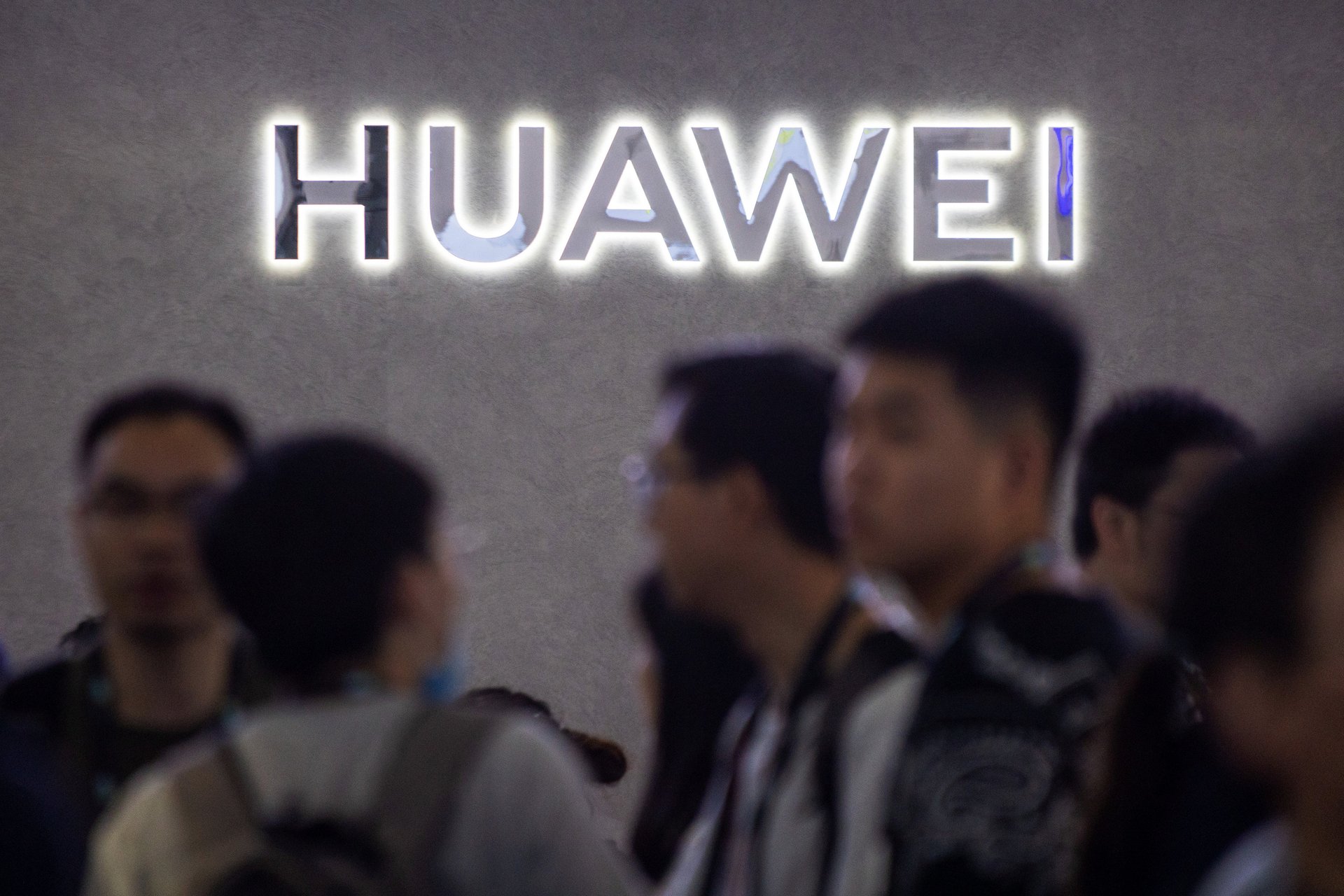Huawei techies carried out AI research with China’s military
Some employees of Chinese tech giant Huawei reportedly collaborated with Chinese military personnel on at least 10 research projects, which ranged from using artificial intelligence to identify emotions in online video comments to analyzing satellite images, according to Bloomberg.


Some employees of Chinese tech giant Huawei reportedly collaborated with Chinese military personnel on at least 10 research projects, which ranged from using artificial intelligence to identify emotions in online video comments to analyzing satellite images, according to Bloomberg.
Bloomberg discovered the collaboration from searches on Chinese academic paper database CNKI.net that produced 10 studies jointly penned by authors who identified themselves as Huawei staff and researchers with an affiliation to China’s People’s Liberation Army.
It’s not uncommon for tech firms to work on research with defense departments in many countries. But Huawei has been at pains to show it’s at arm’s length from the Chinese state. Given company founder and CEO Ren Zhengfei’s tenure as an engineer in the Chinese military before founding Huawei, Washington has long believed there to be close ties between the PLA and a company it says poses a threat to US national security.
Huawei, the world’s largest telecom equipment maker, has repeatedly denied it has had any R&D collaboration with PLA-affiliated institutions. It has said the company only sold the Chinese military “a small amount of civilian equipment,” according to Ren, in January.
One example of the research was a 2009 paper on a system used to study geographic data. Li Jie, one of the three authors of the paper was identified as an employee at Huawei’s Shenzhen branch, together with two others who were identified as being from the Chinese National University of Defense Technology and the No. 71309 unit of the PLA army.
In another study on using AI for the “emotion classification” of online video comments, the lead author was identified as an employee from Huawei’s Shanghai branch who collaborated with the other three co-authors, who were identified as personnel from the PLA’s central committee, an artificial-intelligence research lab and a unit of the Chinese military, said the report. The researchers trained their AI algorithms based on 240,000 online video comments.
It is unclear if the employees involved still work at Huawei. The company said it wasn’t aware of employees publishing research papers in their individual capacity, and that this wasn’t part of their company work.
“Huawei does not have any R&D collaboration or partnerships with the PLA-affiliated institutions,” Huawei spokesman Glenn Schloss told Bloomberg. “Huawei only develops and produces communications products that confirm to civil standards worldwide, and does not customize R&D products for the military.”
In recent months, the US has been tightening its scrutiny of the tech powerhouse amid the rollout of the next-generation of wireless networks. A recent study by cybersecurity firm Finite State, shared with US and UK lawmakers, found that Huawei’s equipment appeared to be far more vulnerable (paywall) than that of similar hardware from US networking firms. In May, the US issued a tech ban that effectively cut off ties between Huawei and its American suppliers—Ren said this could cost the company $30 billion in revenue for the next two years.